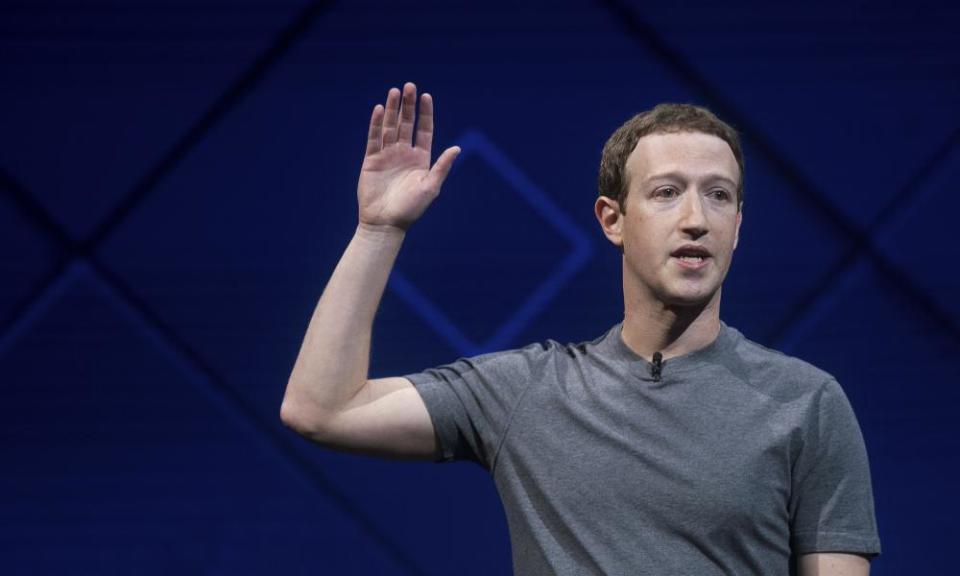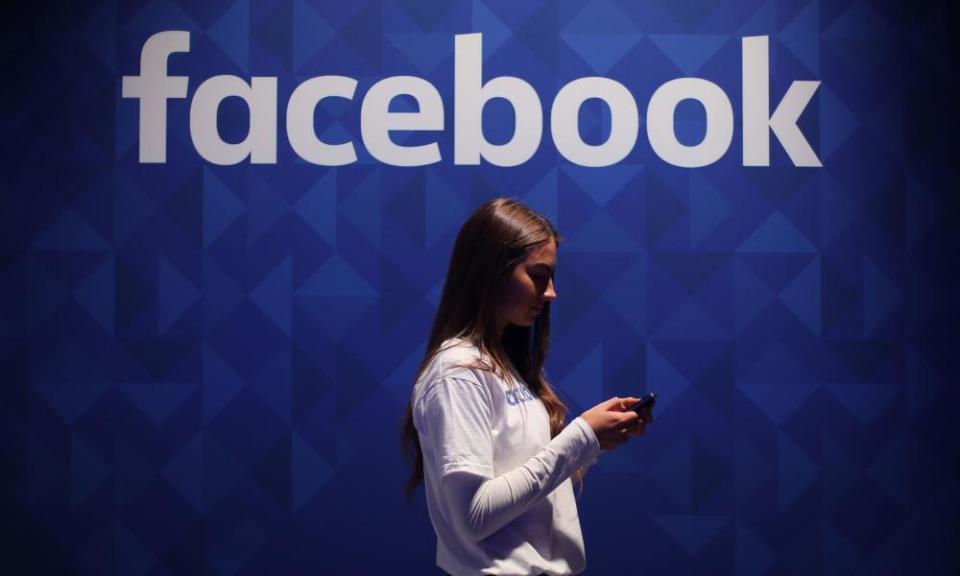Live and death: Facebook sorely needs a reality check about video

It’s barely a week since Facebook streamed the murder of 74-year-old grandfather Robert Godwin and the social network is reeling from another tragedy: a father in Phuket, Thailand, used Facebook Live to broadcast him killing his 11-month-old daughter before committing suicide. Two harrowing clips of the incident were accessible to users on his Facebook profile for about 24 hours and were together viewed almost 400,000 times.
The two cases provided grisly bookends to Facebook’s annual developer conference F8, held in San Jose last week, just a day after Godwin’s murder. Throughout the two-day event, there was little mention of fake news, polarized politics, or the company’s newfound role as a forum for live-streamed crime (although Zuckerberg did namecheck Godwin in passing). Instead the company outlined its rose-tinted vision of a LOL-tastic future where we enhance our lives with digital trinkets in augmented and virtual reality and, in doing so, Facebook becomes the glue that binds friends, families and communities.
It’s time for a reality check.
Facebook continually claims credit for the positive outcomes of being more connected while downplaying or ignoring its ability to amplify negative outcomes. Nowhere has this jarring naivety been brought to the fore more viscerally than with live video.
Facebook Live allows anyone to broadcast a video directly from their smartphone to the social network. Despite a wide-reaching advertising campaign urging people to use the feature to share heartwarming life moments, it’s gained a reputation for much grittier subject matter: the torture of a young man with disabilities in Chicago, the musings of a spree killer being chased by police, child abuse, rape, and now murder.
When these atrocities happen, Facebook’s response is woefully inadequate, typically stating that such “content” is not allowed by Facebook’s terms of service (as if that should give pause to a suicidal murderer) or pointing out that nobody reported the video to its moderation teams.
Seattle University criminal psychologist Jacqueline Helfgott thinks it’s only going to get worse. Criminals have always sought to amplify their actions through the media, but social media makes it easier than ever before to attract an audience.
“A medium like Facebook where a person can instantly achieve celebrity or notoriety can be a risk factor for certain types of criminal behavior,” she said, explaining how violent images travel rapidly across the network without any need for translation, encouraging copycat behavior among people with the proclivity to commit crime.
Facebook has pledged to review its moderation practices and use artificial intelligence to speed up its response to such videos, but there was no formal acknowledgement at F8.
“It was a moment when many social critics, academics, journalists and policymakers were keen for Mark Zuckerberg to address the murder and the social implications of the platform in a substantive, meaningful non-glib way,” said Roberts. “But that did not happen.”
That didn’t stop the company from moving into new social and political minefields, including augmented and virtual reality.
“Augmented reality is going to help us mix the digital and physical in all new ways, and that will make our physical reality better,” said a chipper Zuckerberg, as he showcased a range of technologies the company had developed to create augmented reality experiences: bringing circling sharks to your bowl of cereal, overlaying tasting notes on a wine bottle or filling an entire room with digital Skittles (“because the future is delicious”).

Zuckerberg also explained how AR could be used to leave digital notes for friends and pinned Yelp reviews in specific locations, while beautiful digital artworks could be admired on walls that look blank IRL. “That’s going to be a thing in the future, all of this art all over the place. I think it’s really neat.”
However, as Mat Honan at BuzzFeed points out, “the dark human history of forever makes it certain that people will also use these same tools to attack and abuse and harass and lie”. Sure you can leave an artwork or a love note, but “someone else will probably leave a swastika”. The future won’t be so delicious the day that someone overlays digital Skittles onto a camera feed of Syrian children convulsing after a chemical attack.
“If they can’t handle [moderation] in regular reality, I don’t see how these new tools are going to escape these problems,” said Sarah T Roberts, an academic at UCLA who specializes in commercial content moderation.
Said Helfgott: “The more we have technology that blurs the boundaries between fantasy and reality, the more people are susceptible to media-mediated violence.”

 Yahoo Finance
Yahoo Finance 